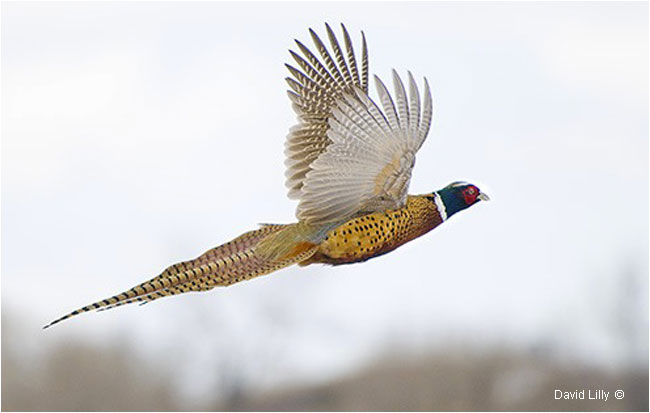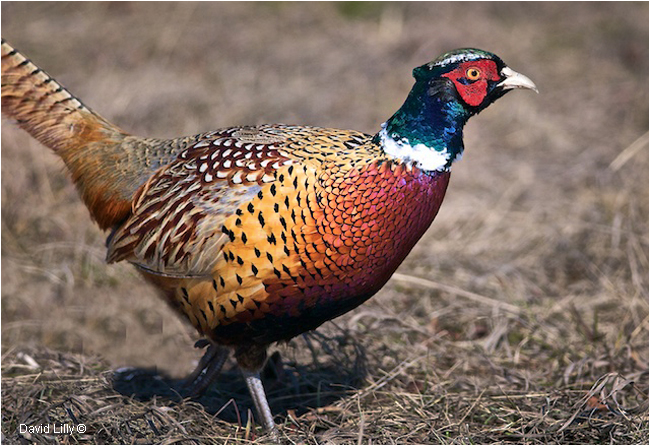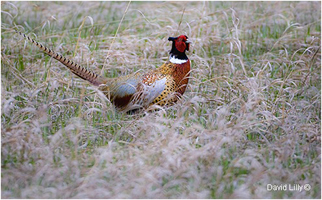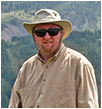
Anyone for Pheasant Photography?by David Lilly
Not all birds in Alberta are native to Alberta. As a matter of fact some birds are not native to Canada. For example, the House Sparrow, and the European Starling were introduced to North America in the late 1800’s from Europe. Both birds have spread across the continent and are now common everyday birds here in Alberta. Another bird introduced to Alberta in 1908 from Eurasia and has thrived against some stacked odds was the Ring-Necked Pheasant (Phasianus colchicus - Family Phasianidae). In Alberta the population is supported by breeding and releasing to support the pheasant hunting. Some declines acrose Canada have been detected due to habitat loss.
Most people have not see the Ring-Necked Pheasant. If you are interested in observing this bird, mid April, early May, is a good time. In early spring the Males start to gather a number of females and are very vocal, the ka-squawk is unmistakeable. Ring-Necked Pheasants practice what is called "harem-defense polygyny" where one male keeps other males away from a small group of females during the breeding season.Females lay six to 15 eggs with an incubation period of between 22 – 25 days. Chicks fledge in about 12 – 14 days.
Across the native range, about 34 races of the species are recognized. The Green Pheasant race is sometimes considered a different species. Multiple introductions of different races have been made in North America. In the Calgary city limits the best opportunities to observe the Ring-Necked Pheasant is at Hull Woods or around the boat launch area in Fish Creek Park. They can also be observed in the surrounding farmland.
Observing the Ring-Necked Pheasant can be a lot easier then photographing the bird. From my obsevations and photographic attemps over the past couple of years I have learned a few tricks for good photographs:
Finally, there is no secret to finding or photographing the Ring-Necked Pheasant. It is matter of going to locations where there is the best possible chance to see and photograph this bird. As mentioned earlier now is the best time of the year, so get out there – good photographing. |
|
David LiIlly is a professional nature photographer living and working in Calgary, AB he also teaches photo workshops. His photos have been published in PhotoLife, Calgary's Natural Parks, Alberta Nature Magazine and Fine Scale Military Modeller. Dave shoots with Nikon equipment. David Lilly
|
[ Top ]






